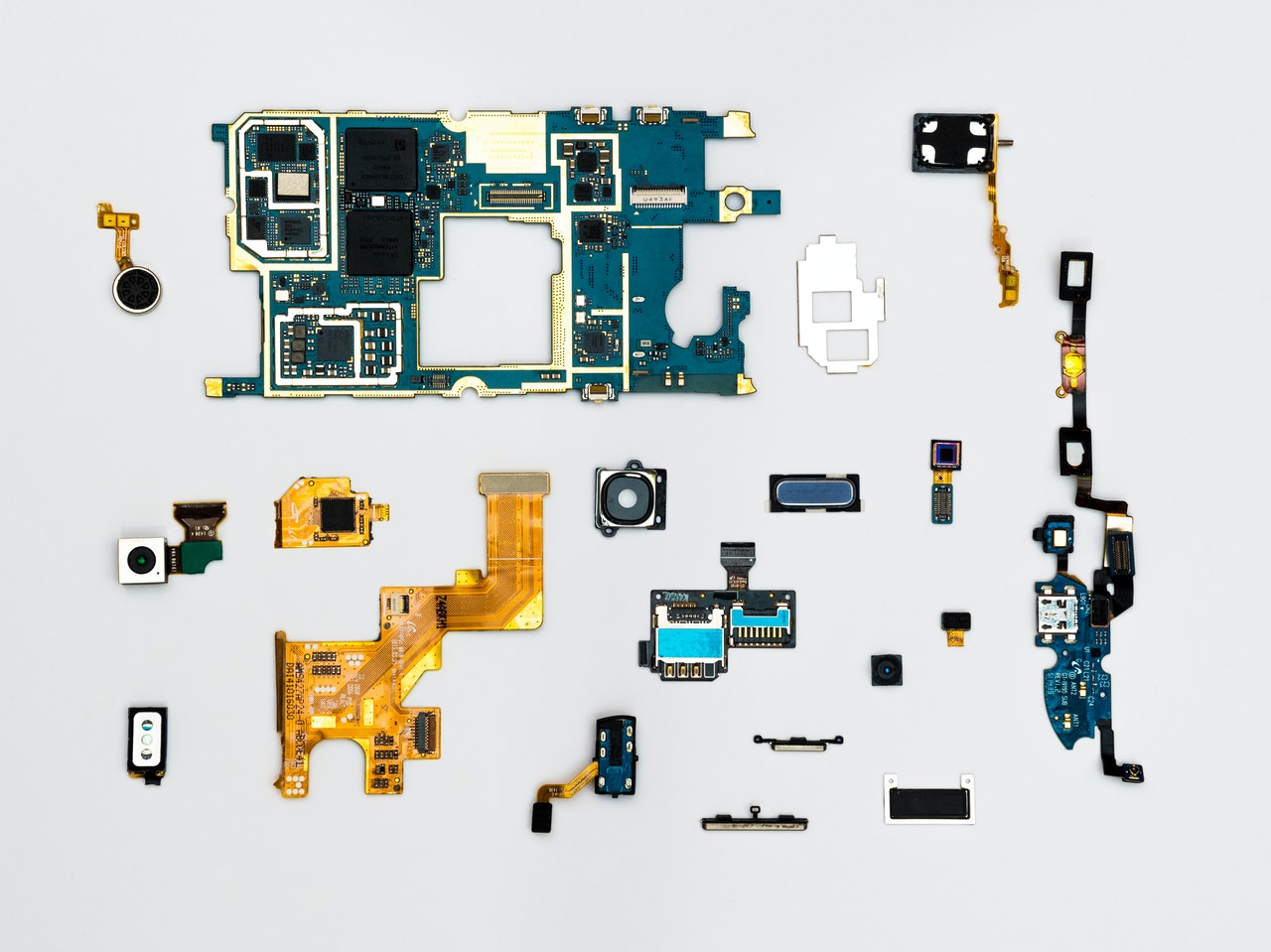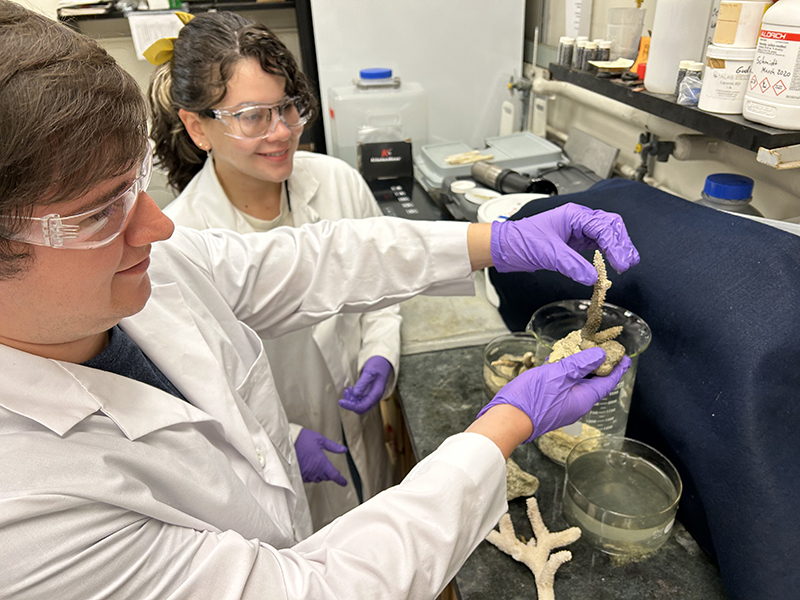Technology is transforming police work in the 21st century. There are plenty of new tools on the market that help law enforcement catch criminals, including GPS tracking, facial recognition software, and biometrics. In the near future, criminals will find it difficult to hide their crimes.
What if You’re Accused of a Crime?
If you were a victim of one of the following technologies on our list, you’ll need to speak to a lawyer familiar with evidence retrieval. In some cases, using technology to gather info on a crime can make said evidence unusable in court, meaning you may avoid a conviction.
If you live in New Jersey, contact a Middlesex County criminal lawyer who may be able to help you. An arrest doesn’t have to mean you’ll spend time in jail or receive a significant fine.
Innovative Police Technologies That Help Catch Criminals
A decade ago, law enforcement struggled to link crimes to suspects, even with forensic science. Now, technology can be used to find and convict criminals all across the United States.
1. GPS Trackings
Although GPS tracking has been used since the late 1980s, the police didn’t have much use for it until the invention of the smartphone. Since most smartphones are made with a built-in GPS, they can be used to locate a person, even when the app is turned off on the device.
Police officers could also place a GPS tracker on the criminal’s car if the suspect uses a burner phone. In some cases, a traditional tracking device may be used to gain information on the suspect’s accomplices or dealers they otherwise couldn’t get from a phone-based GPS.
2. Facial/Voice Recognition Software
Facial and voice recognition technology is considered controversial because it could easily be used unethically. When used responsibly, facial and voice software can be an effective investigative tool that can help find suspects and victims without relying on human memory.
Although voice technology is mainly used to command vehicle or phone functions, it can also help law enforcement match a person’s voice to a name, address, and phone number. This tech could be helpful if the criminal is a drug dealer or scam artist who’s rarely seen in public.
3. Artificial Intelligence
Artificial intelligence (AI) will be widely used in the next ten years. As an expansion of the Internet of Things (IoT), AI is beneficial for reducing time spent on time-consuming or tedious tasks. Facial and voice recognition software is an example of how AI will be used in the future.
The police force is already using automatic license plate recognition, ShotSpotter (detects gunfire), and Wi-Fi-equipped smart cruisers. It’s likely that law enforcement will invest in robots, self-driving cars, video doorbells (for footage inside a home), and drones pretty soon.
4. Enhanced Body-Worn Cameras
The police institution has received a lot of criticism from the media and public lately, leading to an increase in body-worn cameras. It’s a major positive that police can record interactions with the public. Victims, criminals, and cops can now prove their innocence or guilt.
Body-worn cameras will continue to improve by becoming smaller, less cumbersome, and more durable. These cameras will include a synchronized video feed that connects to the patrol car, thermal imaging to see humans and animals, and facial recognition capabilities.
5. Biometrics and DNA Technology
It’s hard to express how important DNA technology has been to law enforcement, but before the 60s, jurisdictions rarely shared information about known criminals. This made it easy for suspects to leave the state and hide in plain sight. Now, it would be nearly impossible to do this.
Thanks to a database called the Next Generation Identification system, the criminal justice community can look up biometrics (voice, palm prints, iris, gait, and vein recognition) and criminal history. With these databases, you can look up potential suspects in seconds.







